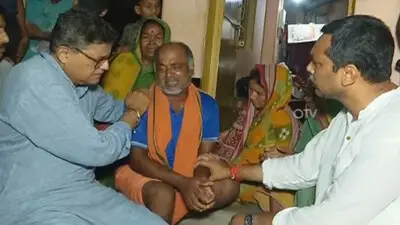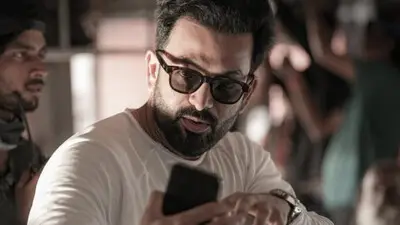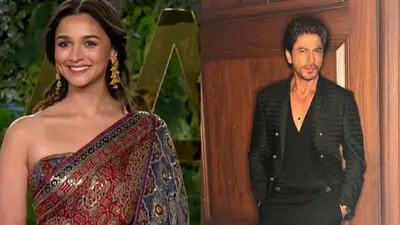Recommended Stories
Rio de Janeiro: The opening ceremony of the first Paralympics on South American soil was a tropical celebration full of colours and Samba music, filling the famous Maracana Stadium for almost four hours in the city of Rio de Janeiro.
The ceremony on Wednesday began with a video which starred Philip Craven, a British wheelchair athlete who competed in five Paralympic games from 1972 to 1988. He later waved from one of the stands as the president of the International Paralympic Committee (IPC), reports Efe.
Aaron Wheelz, an American wheelchair athlete, delighted the audience with an impressive jump from a steep ramp on one of the highest stands of the stadium. After that moment, music took a leading role. With rhythms such as Samba, Tropical and Bossa Nova, performances with colours, lights and sounds illuminated the night here.
With a single piano, the maestro Joao Carlos Martins was in charge of adding music to the anthem of Brazil and the hoisting of the flag of the country.
Then, one by one, representatives from the 164 participating countries paraded around the stadium, including Ibrahim Al Hussein, a Syrian refugee who joins the Paralympics as an independent athlete. The entrance of the Brazilian team, the last one in the parade, led the audience to rejoice and completed the unfinished heart-shaped puzzle on the stadium floor, illuminating a metaphor of life.
That moment was the prelude to the official speech from Carlos Arthur Nuzman, president of the organising committee for the Rio 2016 Paralympics, who was the first to speak.
"We celebrate a great challenge, the challenge to build a new world with is more accessible to all, fairer, more fraternal where everyone can walk unhindered. The athletes inspire us with their passion. You all are super human, you do not know the impossible. Let's build a new world together", said Nuzman.
Philip Craven, the IPC president, later spoke, highlighting the "true meaning of sport" for athletes with disabilities.
"You all have the power to change communities, countries and cities. You are the heroes of today's sport. You have the opportunity to make the world a better place. Hope always defeats fear and we are all part of one world," said Craven.
After this, Brazilian President Michel Temer declared the Paralympic Games open. Created by three directors, designer Fred Gelli, writer Marcelo Rubens Paiva and artist Vik Muniz, the ceremony aimed to reflect the human condition of athletes, their feelings, difficulties and their solidarity.
One of the stars of the ceremony was American athlete Amy Purdy, a Paralympic medallist in snowboarding at the Sochi 2014 Winter Paralympics. Purdy, who lost both legs when she was 19 years old, performed a Samba dance. The most emotional moment of the ceremony came near the end with the lighting of the Paralympic cauldron.
Having travelled across the five regions of Brazil over seven days with 500 carriers, the flame arrived at the stadium in the hands of four Brazilian athletes with disabilities: Antonio Delfino, Marcia Malsar, Adria Rocha and Clodoaldo Silva.
Clodoaldo was in charge of carrying the torch to the cauldron, where he had to overcome three slopes which were wet due to rain earlier in the day. Reflecting the four Paralympic values: courage, determination, inspiration and equality, the colourful quadrangular torch did not burn out and gave way to the final show.
Seu Jorge, who was in charge of wrapping up the ceremony, was accompanied by musicians Circle Samba and made the Maracana audience move their bodies.
The Paralympics in Rio de Janeiro has participants from 159 countries and 4,432 athletes who will compete in 22 categories, two more categories than in the London 2012 Paralympics due to the inclusion of triathlon and canoeing.













